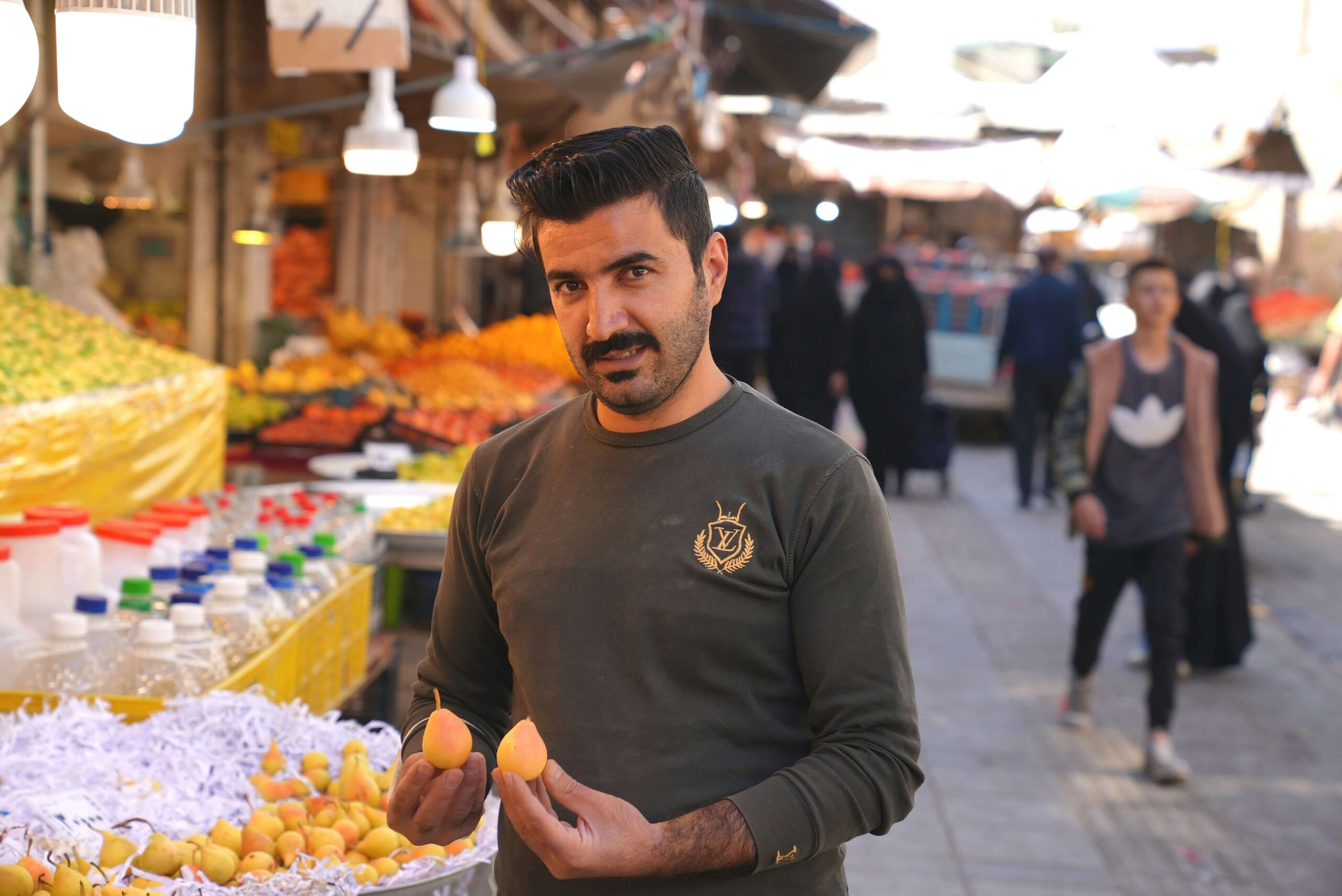For many years, Syria has been a meeting point for traders, tourists, and entrepreneurs. Its location along ancient trade routes, such as the Silk Road, made it a natural centre for the exchange of goods, ideas, and culture. Markets in cities were busy centres filled with spices, fabrics, metals, and fresh produce that traders carried to other parts of the world.
As time went on, these trading traditions grew into new industries. Farming remained important, but Syria also developed skills in making textiles, producing goods by hand, and later in oil production and large-scale manufacturing.
This history shows how Syrians have adapted, using their resources to meet the needs of both local communities and buyers abroad. Although the economy today faces many difficulties, understanding this history reveals the experience and strengths that could help the country rebuild and grow in the future.
How Did Syria’s Business History Start?
Syria’s role in business began many years ago, thanks to its location at the crossroads of Asia, Europe, and Africa. It was a key stop along the Silk Road and other ancient trade routes that connected China and India with the Mediterranean.
Caravans brought silk, spices, and precious metals through Syria’s cities, while local people made olive oil, wine, wool, and glassware to trade with others. Damascus and Aleppo became busy trade centres, with markets where merchants from different places met to do business. This constant exchange of goods and ideas helped build a strong tradition of trade and entrepreneurship, laying the groundwork for Syria’s economic activity.
What Is the Main Business In Syria?
Agriculture has traditionally been the backbone of Syria’s economy, providing food for the population and products for export. Key crops include wheat, barley, cotton, lentils, olives and citrus fruits, while livestock such as sheep and cattle supply meat, wool and dairy. Livestock, including sheep and cattle, also played an important role, with wool and leather products contributing to trade revenues.
Before the civil war, agriculture made up a large share of employment and GDP, supported by major irrigation projects in the north and northeast. In the late 20th century, oil and natural gas became major industries, bringing in essential government revenue and foreign income.
Manufacturing in areas such as textiles, food processing, cement and phosphate products also contributed to the economy. Although conflict has greatly reduced production in these sectors, farming remains an important source of work and income. Rebuilding the energy and manufacturing industries is also seen as key to Syria’s future economic growth.
How Has Conflict Affected Syrian Business?
The civil war, which began in 2011, has severely changed Syria’s economic landscape. Key industries were hit hard by the destruction of infrastructure, the loss of skilled workers, and limited access to export markets. Oil production dropped sharply, farming was disrupted, and tourism almost completely stopped.
Syria’s trade gap grew, and the country relied more on foreign aid and money sent home by Syrians working abroad. GDP fell significantly, unemployment increased, and widespread damage to essential infrastructure made it extremely difficult for many businesses to operate.
How Did the 20th Century Shape Syrian Industry?
After gaining independence in the mid-20th century, Syria worked to grow its industries. Oil exploration in Syria began in 1933 when the Iraqi Petroleum Company discovered that oil fields in Kirkuk, Iraq, stretched into the Deir Ezzor region in eastern Syria. After years of drilling and development, Syria’s first commercial oil production started in 1956, making oil a major source of income and exports for the country.
Other industries, such as textiles, cement, glass and food production, also expanded, especially in cities like Aleppo, Damascus and Homs. The government encouraged this industrial growth to make the economy more varied and less dependent on imported goods.
How Is Syria’s Business Environment Changing Today?
With the establishment of a transitional government in 2025, efforts are underway to stabilise the economy and lay the groundwork for reconstruction. Rebuilding infrastructure, restoring energy production, and reopening trade routes are priorities. Although Syria still faces damaged infrastructure and limited funding, there is a new focus on rebuilding key parts of its economy, such as farming, manufacturing, and natural resource development.
Why Is Understanding Syria’s Business History Important?
Syria’s business history is one of adaptability, continuity, and transformation. From its roots in agriculture and ancient trade to oil exports and modern services, the country has evolved through both opportunities and challenges.
Built up by periods of industrial growth but challenged by political and economic troubles, Syria’s history shows a clear pattern of resilience. As Syria works toward recovery, drawing on these historical strengths may be key to rebuilding an economy and supporting future growth.



